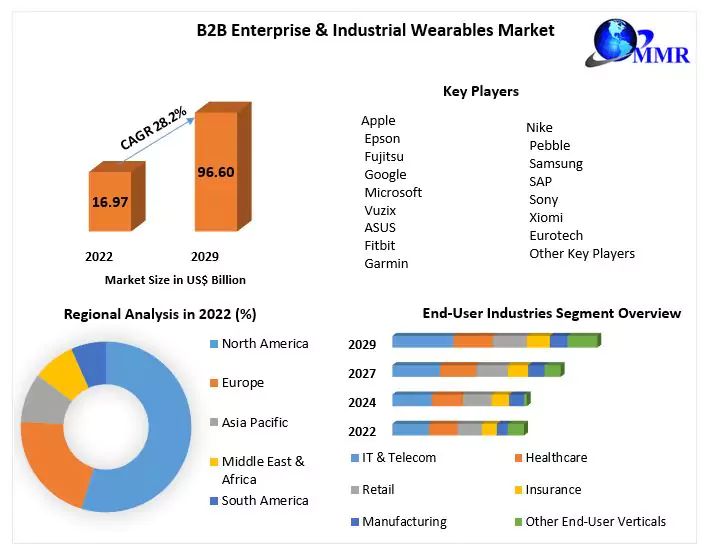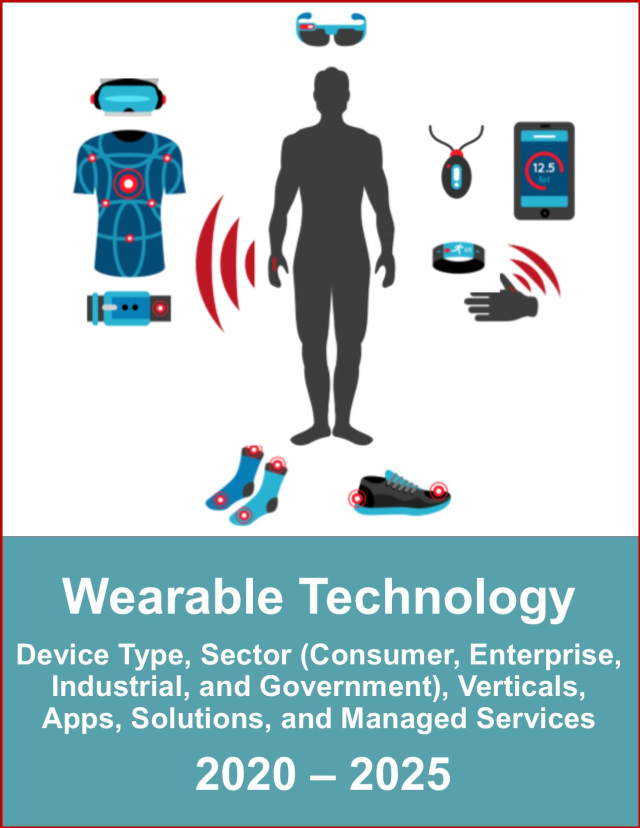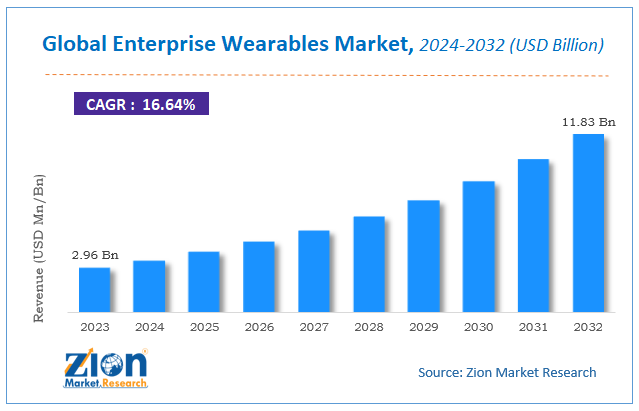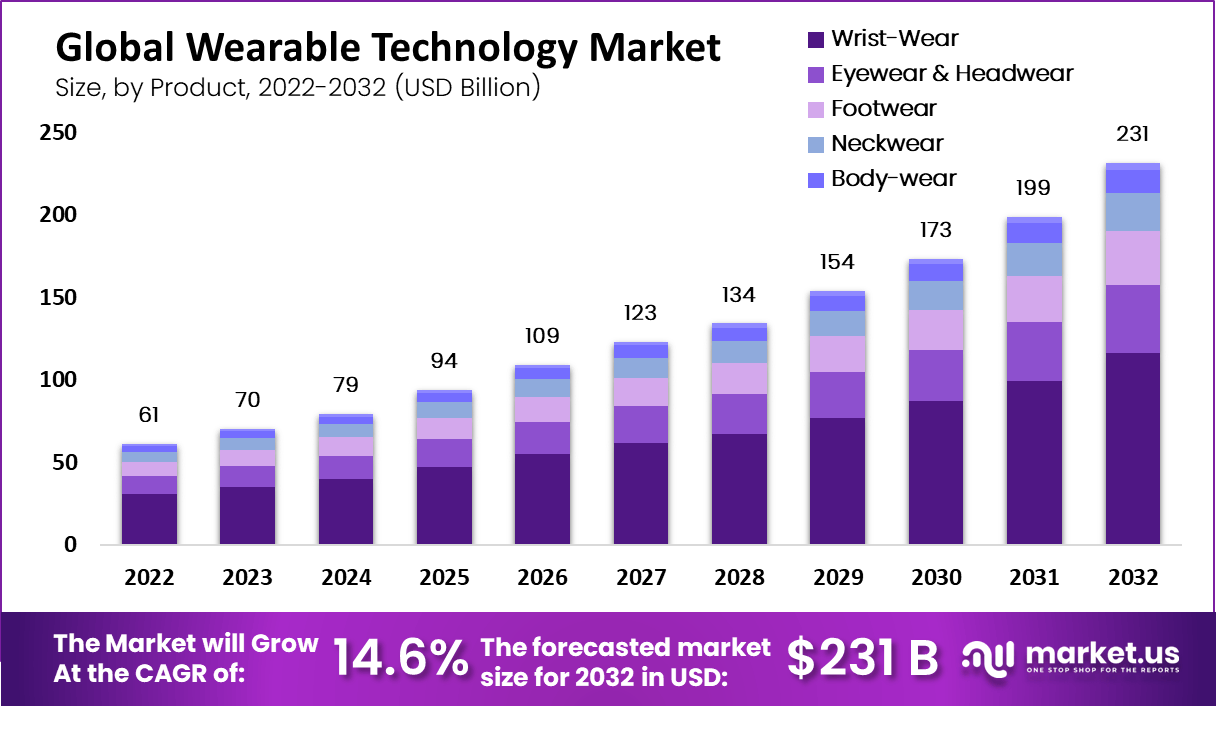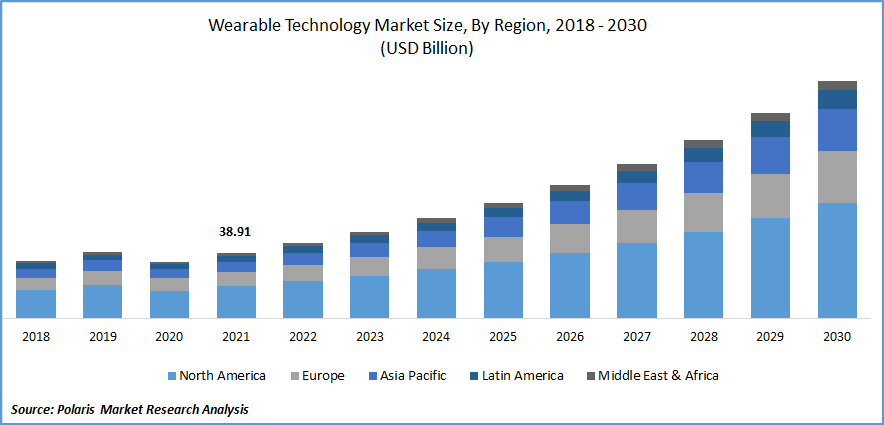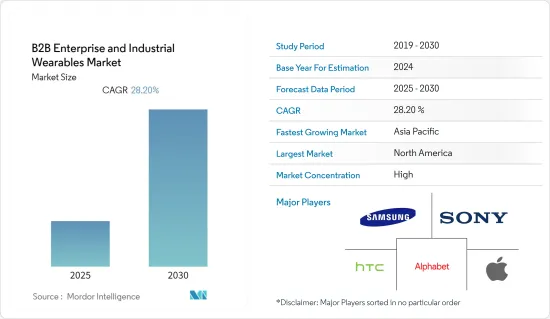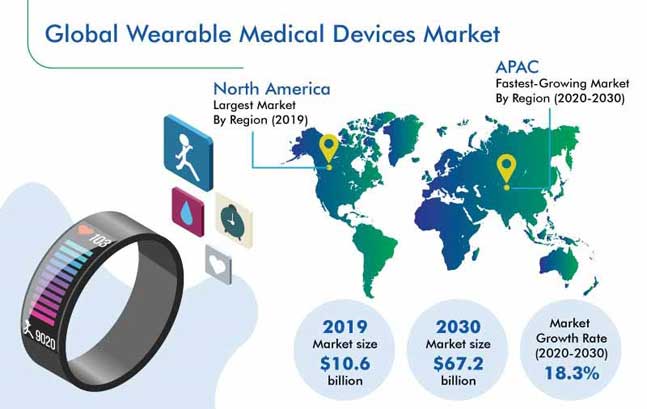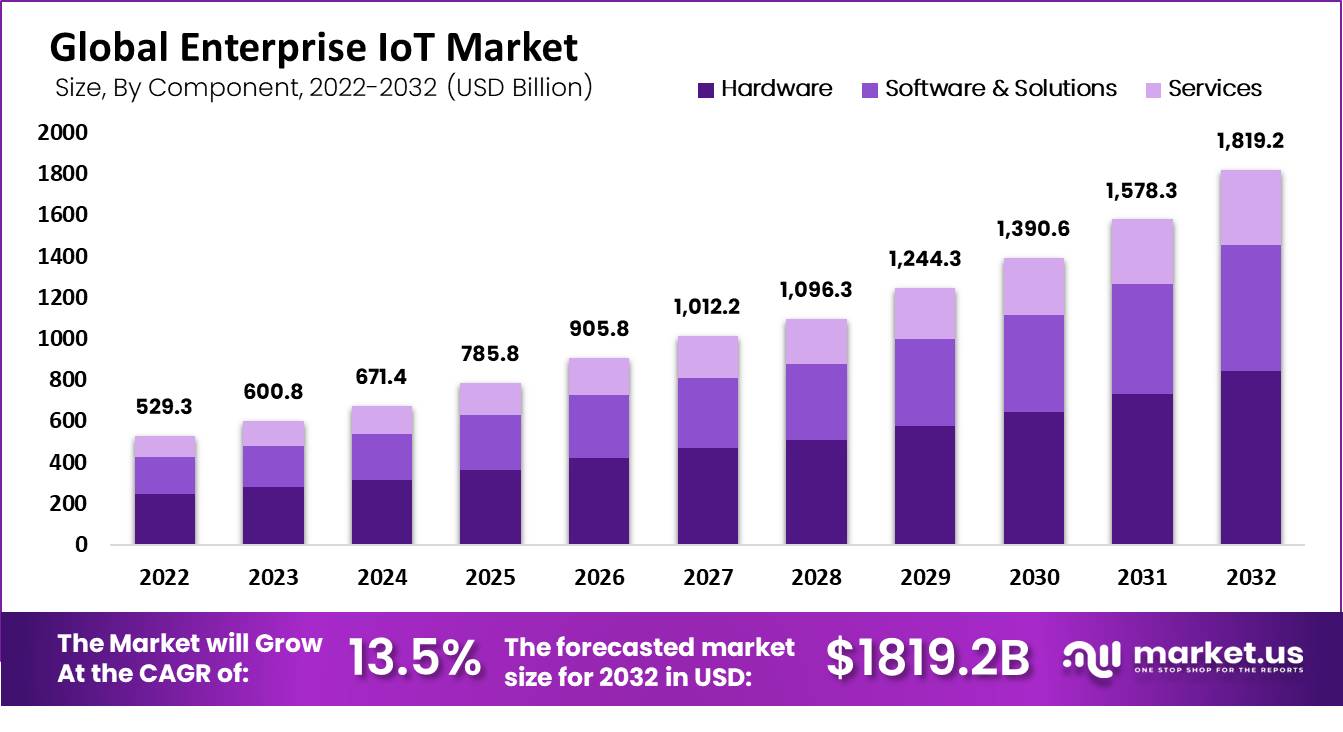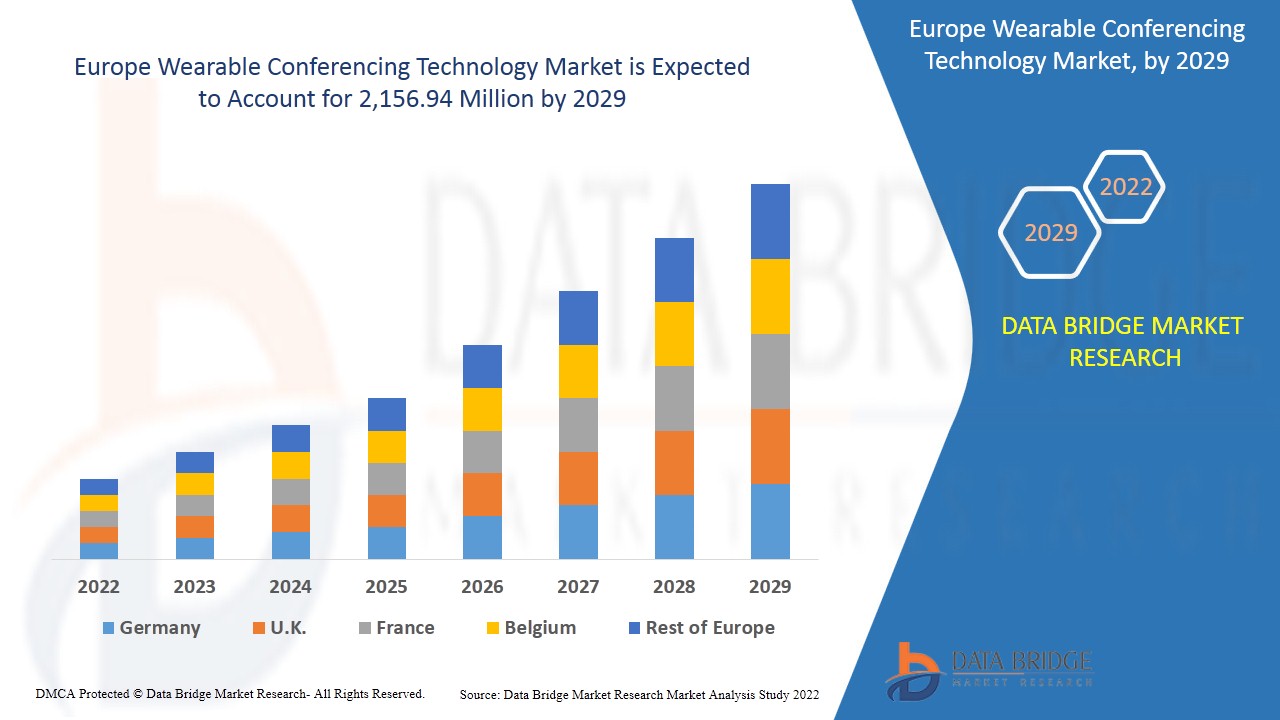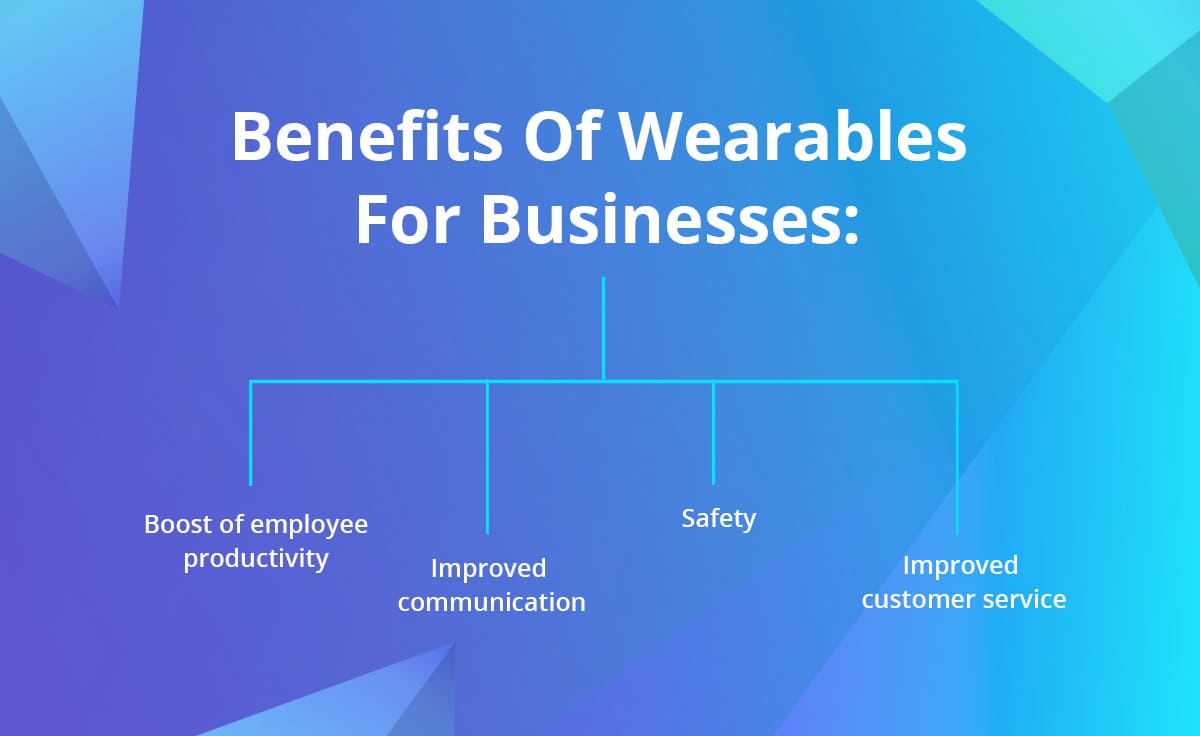B2b Enterprise And Industrial Wearable Market
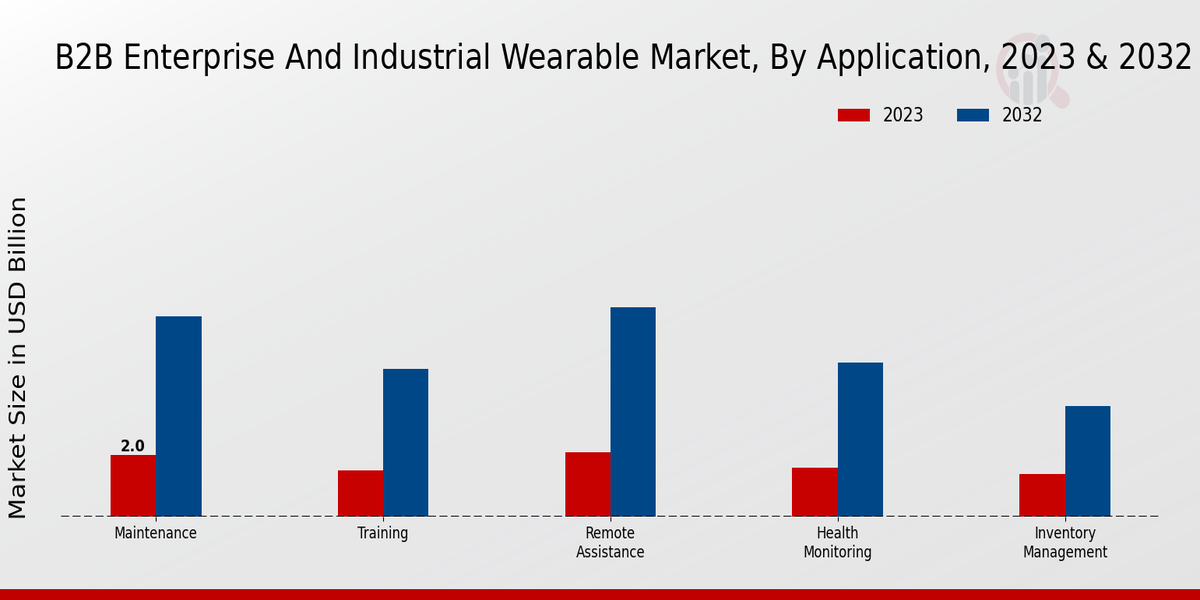
Imagine a bustling factory floor, the air thick with the hum of machinery. But amidst the organized chaos, something new is emerging: workers equipped with sleek, heads-up displays, receiving real-time instructions and safety alerts. Or picture a sprawling warehouse, where employees effortlessly navigate aisles guided by smart glasses, picking orders with unprecedented speed and accuracy. This isn't science fiction; it's the burgeoning reality of the B2B enterprise and industrial wearable market, and it's poised to revolutionize how work gets done.
The B2B enterprise and industrial wearable market is experiencing rapid growth, driven by the need for increased productivity, enhanced safety, and improved operational efficiency. These wearable devices, ranging from smart glasses and wrist-worn devices to exoskeletons and smart clothing, are finding applications across various industries, promising a future where technology seamlessly integrates with the human workforce to create a more connected, efficient, and safer work environment.
The Rise of the Connected Worker
For years, the consumer wearable market, dominated by fitness trackers and smartwatches, captured the public's imagination. However, a quieter, but equally significant, revolution has been brewing in the industrial sector. This shift is fueled by the potential to dramatically improve workflows and worker well-being.
A History of Innovation
The concept of wearable technology in the workplace isn't entirely new. Early iterations included heavy, cumbersome devices used in specific industries like mining and construction. These devices were often expensive and lacked the sophisticated software integration needed for widespread adoption.
The true turning point came with advancements in miniaturization, battery technology, and wireless communication. This allowed for the development of lighter, more powerful, and more user-friendly wearables. These advancements made it possible to seamlessly integrate these devices into existing workflows.
Key Drivers of Growth
Several factors are contributing to the explosive growth of the B2B enterprise and industrial wearable market. These include: the increasing need for productivity gains in a competitive global market; the rising emphasis on worker safety and regulatory compliance; and the availability of robust data analytics platforms.
According to a recent report by MarketsandMarkets, the global enterprise wearable market is projected to reach $30.2 billion by 2027, growing at a CAGR of 19.8% from 2022. This substantial growth underscores the increasing recognition of the value proposition offered by these technologies.
Applications Across Industries
The applications of enterprise and industrial wearables are diverse and far-reaching, impacting a wide range of industries.
Manufacturing
In manufacturing, wearables are being used to provide workers with real-time instructions, access to technical documentation, and hands-free communication. Smart glasses, for example, can display assembly instructions directly in the worker's field of vision, reducing errors and speeding up production times.
Exoskeletons are also gaining traction, providing support and reducing strain for workers performing repetitive or physically demanding tasks. This helps to prevent injuries and improve worker comfort.
Logistics and Warehousing
Warehousing and logistics operations are benefiting from wearables that streamline order picking, inventory management, and navigation. Smart glasses can guide workers to specific locations, providing real-time information on product availability and optimizing routing.
Wrist-worn scanners can also accelerate the picking process, allowing workers to quickly scan items and update inventory records without the need for handheld devices.
Healthcare
The healthcare sector is leveraging wearables for remote patient monitoring, improved communication, and enhanced training. Wearable sensors can track vital signs, alerting healthcare providers to potential problems before they become critical.
Smart glasses are being used to provide remote assistance to surgeons and other medical professionals, allowing experts to guide procedures from anywhere in the world.
Field Service
Field service technicians are using wearables to access schematics, troubleshoot equipment, and communicate with remote experts. This enables them to resolve issues more quickly and efficiently, reducing downtime and improving customer satisfaction.
Drones, often controlled through wearable interfaces, are also becoming increasingly common in field service, allowing technicians to inspect infrastructure and equipment from a safe distance.
Challenges and Opportunities
Despite the immense potential, the B2B enterprise and industrial wearable market faces several challenges.
Data Security and Privacy
The collection and transmission of sensitive data raise concerns about security and privacy. Organizations must implement robust security measures to protect worker data from unauthorized access and misuse.
Clear policies and procedures are needed to ensure that workers understand how their data is being used and that their privacy is respected.
Integration with Existing Systems
Integrating wearables with existing IT systems can be complex and time-consuming. Companies need to ensure that wearables are compatible with their existing infrastructure and that data can be seamlessly exchanged between different systems.
Open standards and APIs can help to simplify the integration process and promote interoperability between different wearable devices and platforms.
Worker Adoption and Training
Getting workers to adopt and use wearables effectively requires proper training and support. Companies need to provide workers with the necessary training to understand how to use the devices and how they can benefit from them.
It's also important to address any concerns or resistance that workers may have about using wearables. Emphasizing the benefits of the technology, such as improved safety and reduced workload, can help to overcome these concerns.
The Future of Work
The B2B enterprise and industrial wearable market is poised to transform the future of work. As technology continues to advance, wearables will become even more integrated into the fabric of the workplace.
We can expect to see more sophisticated sensors, improved connectivity, and more intuitive user interfaces. Artificial intelligence (AI) will play an increasingly important role, enabling wearables to provide personalized insights and recommendations.
The rise of the "connected worker" is inevitable. By embracing wearable technology, businesses can empower their workforce, improve productivity, and create a safer, more efficient, and more fulfilling work environment.
Ultimately, the success of this technology hinges on its ability to enhance the human experience, not replace it. When wearables are deployed thoughtfully and ethically, they can unlock the full potential of the workforce and drive innovation across industries. The future of work is not about machines replacing humans, but about humans and machines working together in perfect harmony.


